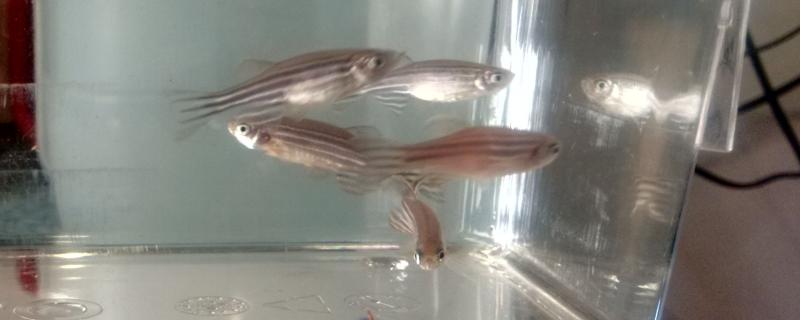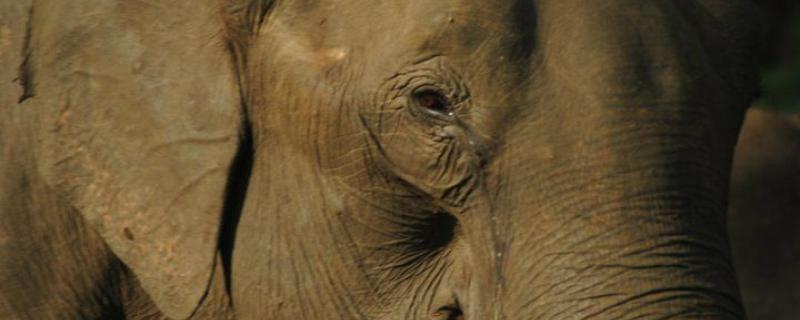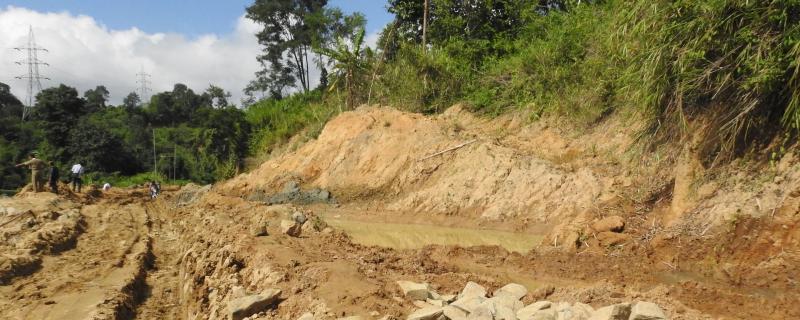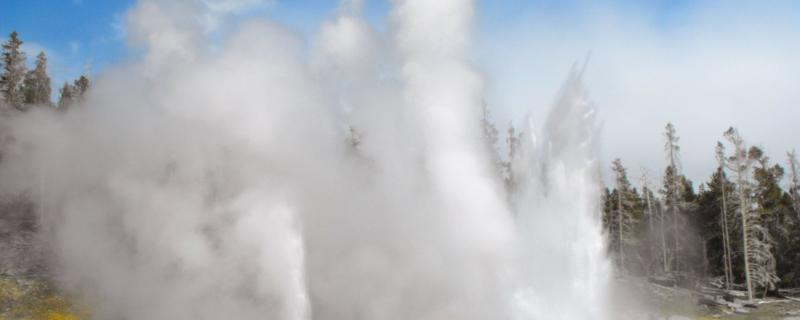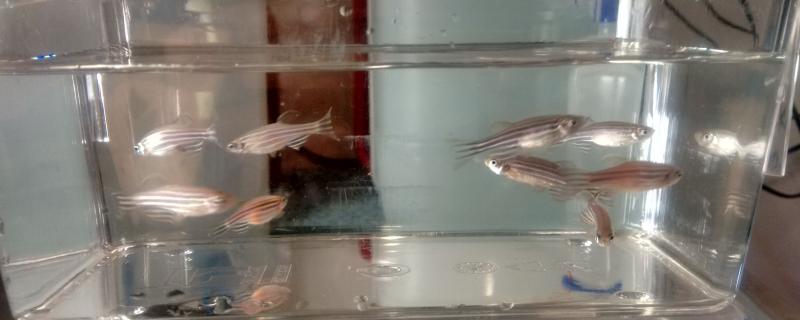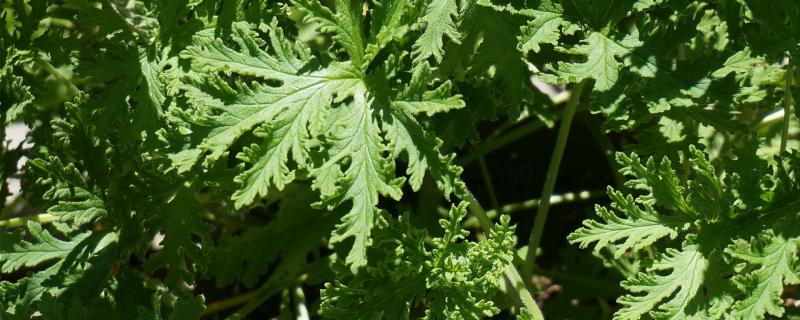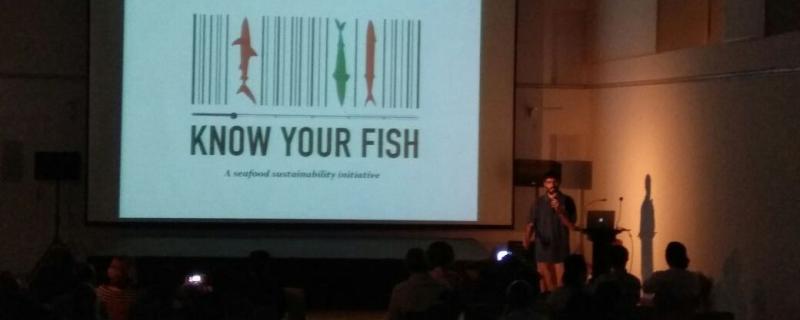There are plenty of activities we as humans perform each day, which requires incredible amount of coordination between the different parts of our body. A simple act of lifting a book requires, first your eye to pin-point the book, next it guides your hand to clasp the book and then lift it up. Sounds complicated.
Archives
The human body is made up of a complex network of cells and tissues specialized to carry out specific tasks. Studying each type of cell individually gives researchers insights into treating diseases and disorders. The cells of a human heart have very poor regenerative capability, while those of zebrafish are known to regenerate well. Scientists from the Agharkar Research Institute, Pune in their recent study explore the mechanism behind how zerbafish hearts regenerate.
Elephant Endotheliotropic Herpesviruses (EEHVs), is a highly widespread herpes virus commonly found in Asian and African elephants. Of the 130 types of herpes viruses found worldwide, only some are known to infect humans, yet 90% of the human population is infected with some form of herpes virus.
India produces a large amount of agricultural products due to its fertile soil and dependable rainfall patterns. Any harm to the soil would affect the lives of millions in the country. Soil erosion due to rainfall is one such threat. In an first of its kind study an international team of scientists have designed a global map of soil erosivity to devise mechanisms to protect our soils from erosion due to rainfall.
Nature has an incredibly diverse array of life-hacks that can help us better solve various problems. Interesting phenomenon and natural resources can be abounding in even the most unexpected corners. One such unexpected location are the various hot water springs of Himalayas.
Although Solar energy has been often hailed as a green source of energy, shortcomings in conventional silicon based solar cells and the environmental damage caused during mining and manufacturing of such cells raises questions on the green nature of the energy. In a breakthrough, scientists have developed organic solar cells, developed from indigenously developed discotic liquid crystal, that could provide an alternative.
We live in a world where day to day objects seems to be getting smaller and better. The advent of nanotechnology is a major contributing factor to this phenomenon. Defined as the “engineered construction of matter at the molecular level”, nanotechnology has applications and uses in a multitude of fields.
An important aspect in the life of social animals is to gather information from others in their group. Young members of the group also learn how to forage, feed, evade predators and attract mating partners from older members. Scientists from Indian Institute of Science Education and Research, Kolkata explore how Zebra fish, that live in shoals of 20 individuals in the wild, learn informations from their partners in a laboratory environment.
Plants belonging to the genus Parthenium are native to the North American tropics. These hardy plants have moved out of their native range and colonized far off countries like Australia, parts of Africa and even India.
Bangalore’s second Moving Waters Film Festival brought with it stories of beauty, despair and hope, from water bodies from all over the world. Based in India, it is the first film festival of its kind devoted to oceans and rivers. This year, the film festival was held in two of the nation’s major cities - Bengaluru and Chennai.


